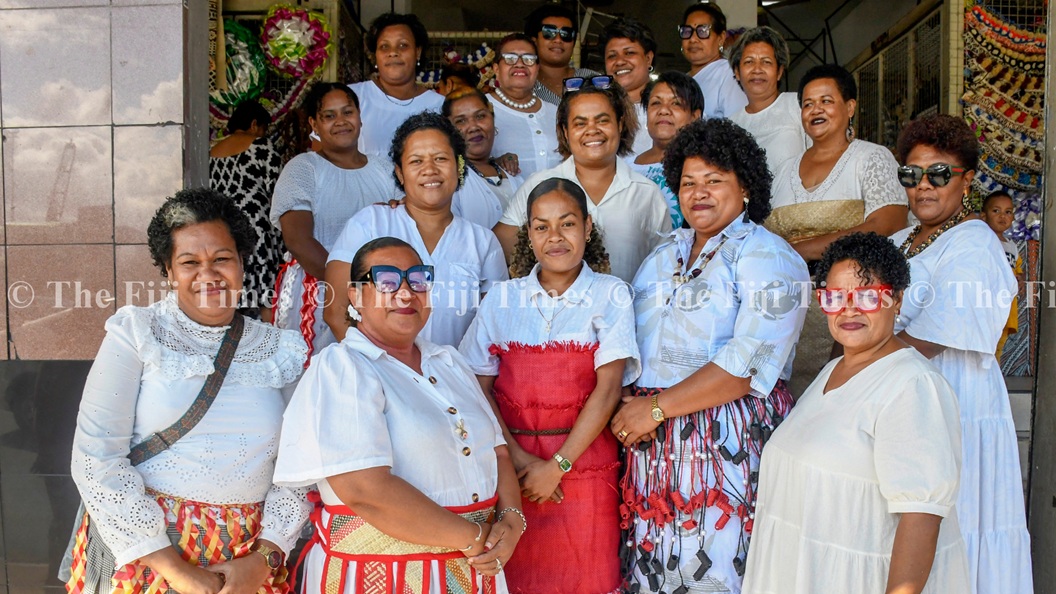FIJI came to a revered standstill this week — and the world joined her.
From towns and cities to villages and the most far-flung communities across the country, the people came together — in person, and even more so, in spirit and over the internet.
Screens lit up in homes and offices as Fijians across the globe tuned in, watching history unfold from wherever they were.
For those fortunate enough to witness the ceremonies in Lakeba, the experience will forever be etched in memory.
And for the thousands who followed from afar, the images, videos, and stories shared across digital platforms will echo across generations — a lasting reminder of the mana of the cultures and the traditions central to our identity as Fijians.
This week, women carried mats they had woven for months, even years, as children clung to their grandmothers, wide-eyed, watching the men of the bati stand again in warrior formation.
Retracing the footsteps of his father — the late Ratu Sir Kamisese Mara — Ratu Tevita Lutunauga Kapaiwai Uluilakeba Mara was installed as Tui Nayau, Tui Lau, and Sau ni Vanua ko Lau, more than 20 years after his father last held the titles.
There were the ceremonies – the qaravi ni yaqona vakaturaga, the bainiga or sea-cleansing rite, the presentation of tabua – not to mention the sacred rituals of preparing chiefly attire, anointing oil, masi, and mats.
And there were the people – who stood ready to serve their chief.
Describing their efforts, Akapusi Bese of Narocivo said, “We have cleaned and decorated the path, every mat, every floral adornment, so that when our chief walks, it is in a space of dignity and honour.”
He said, “In Narocivo, this is more than ceremony — it’s our identity. We prepare not just for one man, but for centuries of tradition we carry forward.”
Ana Rokomatu, who travelled from Cicia to Lakeba, said of the newly installed chief:
“He has his father’s name. But he came back as himself. He didn’t ask to be followed. He walked. We walked too.”
Behind the scenes, Seini Waqabaca and others oversaw the preparation of meals.
“We started at 2am… Fifty kilograms of rice, forty kava roots, dozens of chickens – we prepared enough for at least 500 people,” she said.
She considered the task an honour. “We work quietly but with purpose – it’s our way of honouring the Tui Nayau.”
Ratu Qica Gade Vuli considers himself blessed to have witnessed both this week’s installation and that of Ratu Sir Kamisese Mara.
“Before the traditional ceremony, I was asked… to watch the pool that no one come there because it should be preserved for the Turaga na Tui Nayau… This will be the second time I get to see the chiefly installation of the Tui Nayau, and I am blessed.”
The bainiga – a cleansing in the sea – marked the spiritual threshold. Then came the qaravi ni yaqona vakaturaga, the formal kava ceremony.
Of equal prominence was the dance of the women of Lakeba, singing the names of their ancestors.
Among the most poignant gestures was the arrival of His Majesty King Tupou VI and Queen Nanasipau’u of Tonga, and the Maori Queen, Ariki Te Atawhai Paki (Nga wai hono i te po). Their presence was a powerful reminder of ancestral ties and enduring bonds.
For many, the week brought long-held hope to life.
“Some of us thought we would die before we saw a Tui Nayau again,” said Sainiana Tokalau, who travelled to Lau from Suva. “Now our grandchildren know.”
When the chief finally addressed his people, his words were sombre and clear.
“I acknowledge this chiefly honour with reverence and deep appreciation. This is not mine alone. It belongs to you all.”
He thanked the elders, the church, and the people – also honouring his late father.
“I return not to rule, but to serve,” he said, echoing a warning once given by his father:
“Do not serve only your households while the wider community waits. Do not act out of favouritism — that brings division and dishonour to the chiefly role.”
“Being a leader is to uplift people’s lives,” the Tui Nayau added. “I can’t do it alone. I need the vanua’s support.”
For the people of Lau, the week was about remembering what has always been theirs.
This week, the vanua remembered – and in the stillness, power was restored.

